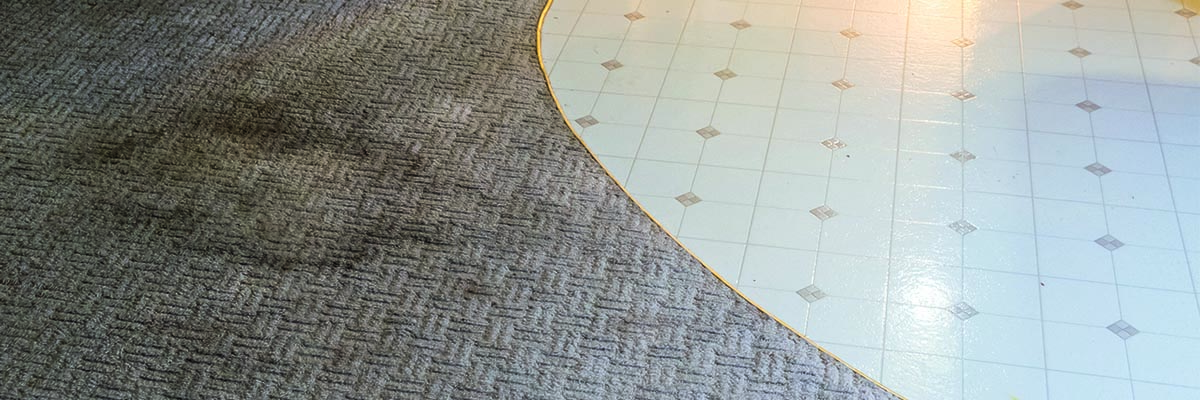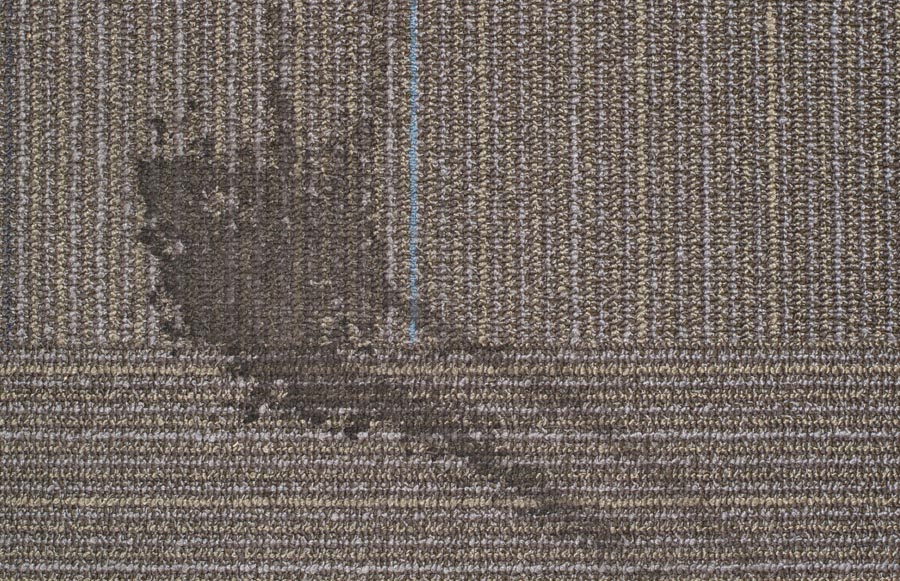Stop Carpet Wicking in its Tracks: Prevention and Removal Strategies
You thought your carpet was clean, and yet there’s a patch that looks ominously darker. The dreaded phenomenon of carpet wicking strikes when you least expect it. Carpet wicking is a common frustration for facility managers. It jeopardizes the appearance and longevity of your carpet, turning a clean surface into a spotted mess.

Before discussing strategies to combat carpet wicking, let's unravel the mystery behind this annoying occurrence. By understanding the cause and effects, this article will guide you through preventive measures and effective solutions, helping you extend the carpet's life.
What is Carpet Wicking?
Carpet wicking is a common and frustrating phenomenon that occurs after a carpet has been spot-cleaned or extracted. Much like a lit candle draws wax up the wick to fuel its flame, carpet wicking involves moisture – along with any dissolved soil or stains – being drawn upwards through the carpet fibers. This process happens during the drying phase after the carpet has been cleaned, often leading to the reappearance of stains that initially seemed to be gone. Telltale signs of carpet wicking include spots or stains that resurface on the carpet's top layer after it has dried, indicating that the original mess penetrated deeper than the surface level and was not fully removed during the cleaning process.
Tips to Prevent Carpet Wicking
- Implement a best-practice carpet care program. With proper care, wicking problems can be avoided. The key is to use a best-practice program that minimizes the amount of soil that settles into the carpet backing. For more information about a program like this, see this article: Summer Renovation Season: Carpet Renovation.
- Clean up spills immediately. Wet spills should be cleaned up as soon as possible to prevent moisture from seeping into the carpet backing. Because wicking involves drawing up stains deep within the carpet, prompt blotting to remove the stain will help prevent future wicking.
- Use good spot cleaning techniques. A best practice spot-removal process will remove spots while minimizing the impact on the surrounding area. This article contains methods to clean over 40 different types of stains: The Ultimate Guide to Carpet and Stain Removal.
- Follow the manufacturer's instructions when cleaning. Overuse of cleaning solutions can lead to carpet wicking. Excess cleaning solution can seep into the carpet only to reemerge later if the area gets wet.
- Dry carpets quickly after cleaning. Use a high speed carpet fan to dry the carpet as quickly as possible. Since wicking occurs only when the carpet is damp, quickly drying the carpet keeps the stain from drawing up to the surface. Consider using a dehumidifier in addition to a blower if drying is slow due to humidity.

Methods to Solve Carpet Wicking Problems
- Use a low-moisture encapsulation method to clean the stain. You may find that you can remove the stain on the carpet's surface without wicking by using an encapsulation carpet cleaning method. See this article for more details: Encapsulation Carpet Cleaning: A low-moisture interim cleaning process.
- Deep clean then dry quickly. Use a carpet extractor and cleaning solution to deep clean the area. Dry the carpet as quickly as possible to prevent the stain deep within the carpet from wicking to the surface. See Best Practice #5, Method #2 in this article: Summer Renovation Season: Carpet Renovation.
- Use a "weighted extraction" method. First clean the area with a deep cleaning method. Rather than drying the carpet immediately, put a stack of clean, white towels on the carpet. Then place a weight on the towels. As the stain wicks upwards from the floor, it will continue past the top surface of the carpet into the white towels. Let the carpet wick into the towels overnight. In the morning, dry the carpet if the spot has been removed. Repeat the process with clean towels if the stain remains. Dry the carpet with a blower afterwards. Don't let the floor remain wet more than 24-hours to prevent microbial growth, like mold or mildew.
Hillyard Can Help You With Carpet Wicking
Hillyard has a network of experts located throughout the United States, ready to assist you in addressing carpet wicking issues and any other cleaning challenges your facility may face. Their team of professionals is equipped with extensive knowledge and the latest cleaning technologies to provide tailored solutions that meet your specific needs. Whether it's implementing preventative measures or employing advanced cleaning techniques, Hillyard's experts are committed to enhancing the cleanliness and longevity of your carpets and overall facility. With their support, you can ensure a pristine, well-maintained environment that upholds the highest standards of cleanliness and hygiene. Use the "I'm Interested" form below and one of our representatives will contact you.